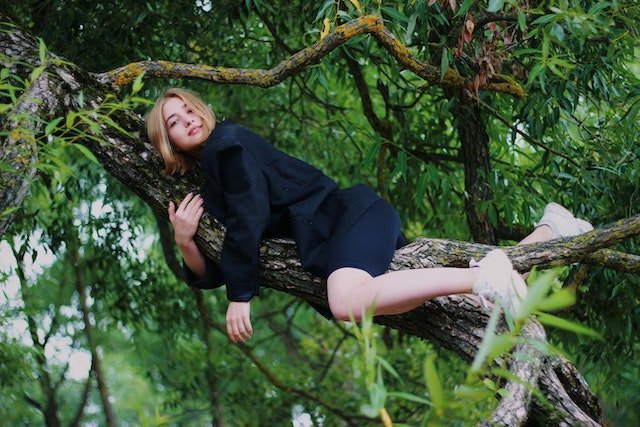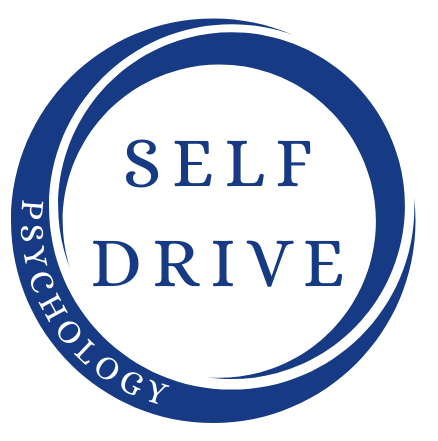This book is a deep exploration into our relationship with nature and the world around us. The central premise of this book is that our senses form the primary way we interact with the world, and thus, significantly shape our experiences.
Rediscovering Our Sensory Bond with Nature
Abram posits that modern humans have lost touch with their innate connection to the natural world. Our reliance on technology, combined with a detached, analytical way of thinking, has distanced us from the more sensory, immersive experience of our ancestors. To address this, Abram urges us to rediscover our sensory bond with nature.
Consider this, when was the last time you allowed yourself to be still, to listen to the rustle of leaves in the wind, or feel the warmth of sunlight on your skin? There’s a profound interconnectedness to be found in these moments that could bring us back to the root of our existence.
The Language of Nature
Abram introduces an intriguing concept – the idea that nature itself has a language. He suggests that our ancestors communicated with nature and learned from it through keen observation and an empathetic understanding. This language is not necessarily verbal, but sensory and experiential.
Today, do we pay enough attention to this silent discourse between us and the environment? Can we comprehend the silent messages conveyed by the changing seasons, the ebb and flow of tides, or the quiet rustling of forest life? By relearning this language of nature, we can rebuild the lost connection and lead a more harmonious existence.
The Art of Sensory Mindfulness
Abram encourages the practice of ‘sensory mindfulness’ – being completely present and open to the sensory experiences of the present moment. This practice can heighten our awareness, perception and appreciation for the intricacies of the world around us. It’s about shedding our constant need to analyse and letting our senses guide our experiences instead.
Applying Abram’s Insights
So, how do we apply Abram’s concepts in our daily lives? Here are a few suggestions:
Spend time in nature: Regularly step away from the hustle and bustle of modern life to spend time in nature. Engage all your senses – see, hear, smell, touch, and feel the natural world around you.
Practice sensory mindfulness: Be present. Try to do daily tasks mindfully, focusing on the sensory experience rather than getting lost in thoughts.
Learn the language of nature: Pay attention to the patterns and rhythms of nature. Observe the changing seasons, the behaviour of animals, and the growth of plants. This can deepen your connection with nature and increase your understanding of the world.
Reflect on your experiences: After spending time in nature or practising sensory mindfulness, take time to reflect. What did you notice? What did you learn? How did it make you feel?
Reflective Quiz: Are You in Tune with Your Senses?
Rate yourself on a scale of 1 (never) to 5 (always) on the following questions. This exercise will help you understand your present level of sensory awareness and highlight areas you may want to focus on for further development.
1. How often do you intentionally spend time in nature?
1 – Never
2 – Rarely
3 – Sometimes
4 – Often
5 – Always
2. How often do you consciously pay attention to your senses (touch, sight, hearing, smell, taste) during your day-to-day activities?
1 – Never
2 – Rarely
3 – Sometimes
4 – Often
5 – Always
3. How often do you take the time to observe patterns and rhythms in nature?
1 – Never
2 – Rarely
3 – Sometimes
4 – Often
5 – Always
4. How often do you practise mindfulness, being completely present in the moment?
1 – Never
2 – Rarely
3 – Sometimes
4 – Often
5 – Always
5. How often do you reflect on your experiences and learnings from nature?
1 – Never
2 – Rarely
3 – Sometimes
4 – Often
5 – Always
6. How often do you take a break from technology to connect with the natural world?
1 – Never
2 – Rarely
3 – Sometimes
4 – Often
5 – Always
7. How often do you feel a sense of harmony and connection with the world around you?
1 – Never
2 – Rarely
3 – Sometimes
4 – Often
5 – Always
8. How often do you feel grounded and present after spending time in nature or practicing mindfulness?
1 – Never
2 – Rarely
3 – Sometimes
4 – Often
5 – Always
After you’ve rated yourself on these statements, tally your scores. A higher total score signifies a greater level of sensory awareness and connection with nature. A lower score suggests areas you may want to focus on to deepen your sensory connection with the world around you.
Breaking My Addictions Summary
In the age of technology, David Abram’s “The Spell of the Sensuous” provides a compelling call to return to our sensory roots. By dedicating time to experience nature, practicing mindfulness, observing the language of nature, and reflecting on our experiences, we can enhance our sensory awareness and feel more connected to the world around us. Remember, the natural world is not merely a backdrop to human activity but an active participant, communicating with us through our senses. As we open ourselves to this dialogue, we can unlock a richer, more meaningful existence.













